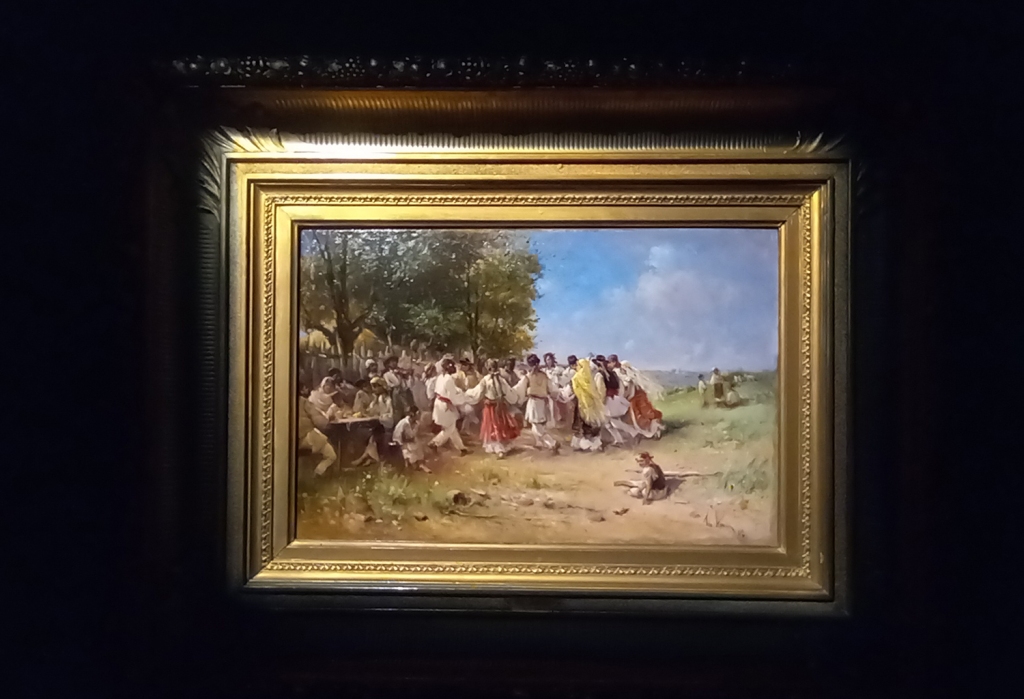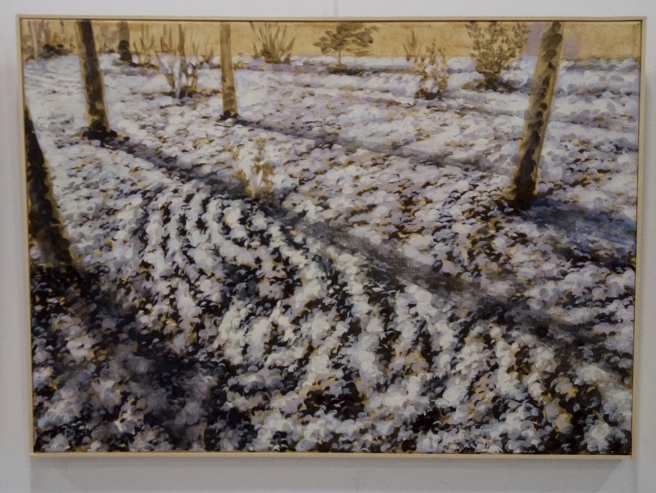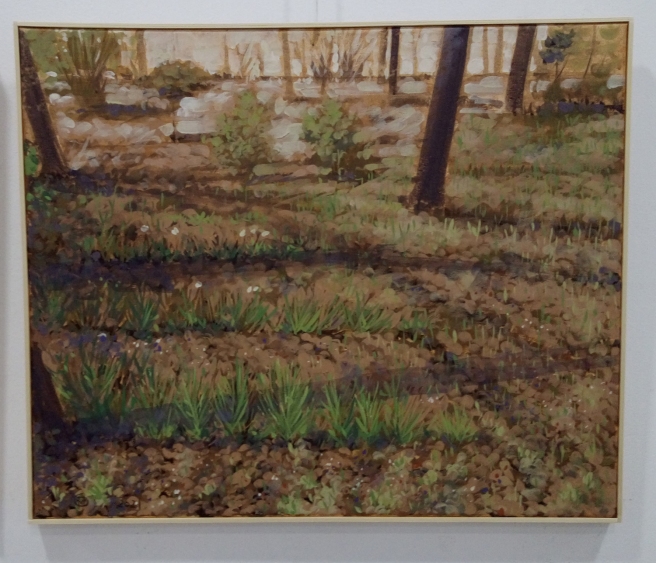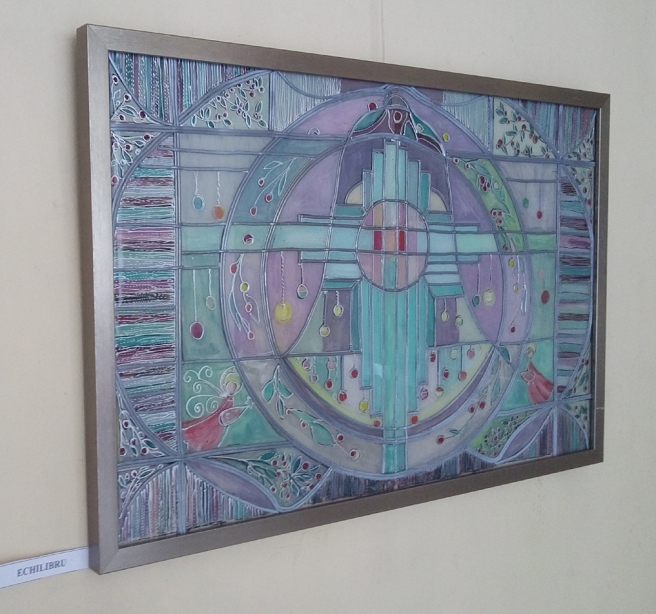Today I thought I’d post something about the Zambaccian Museum in Bucharest, which I last visited in February this year. Unfortunately my old phone couldn’t always take decent photos, so I’m showing you less artworks than I’d like.
Krikor H. Zambaccian was one of the most famous private collectors of modern art—Romanian, mostly, but also French—in Romania. He supported many local artists and built his collection with a view to donating it to the Romanian state.
Here’s a little about Zambaccian, mostly based on the museum brochure, authored by Dana Dragomir.
Krikor H. Zambaccian (1889–1962) was born in Constanța. His father Hagop, of Armenian origins, came from present-day Turkey (the family name comes from Turkish zambak, which means “lily”).
Krikor’s father was an accountant, and Krikor followed close to his footsteps in his initial choice of career, studying commercial affairs at higher-education institutions in Constanța, Antwerp, and Paris. A lover of music and art from his years in secondary school in Bucharest, Zambaccian truly fell in love with visual art and artists in Antwerp and Paris. He then worked all his life as a businessman, art critic, and even art historian, writing important monographs on Romanian artists. This was the beginning of a journey where he became astute in spotting and supporting emerging talent and in building strong relationships with living artists.
Krikor Zambaccian also opened the first art consignment store in Romania, on Victoriei Avenue in Bucharest.
Nowadays the Zambaccian House—a jewel in its own right, built by C.D. Galin both as a living and exhibition space (opened to the public once a week during Zambaccian’s lifetime)—showcases major milestones in the history of Romanian art of the first half of the twentieth century, along with some Impressionist and Post-Impressionist French painting.
In his last fifteen years of life Zambaccian made two donations—hundreds of works—to the Romanian state, followed by another one made by the family upon his death. Unfortunately, the big 1977 earthquake damaged the beautiful, airy building, built on two levels around a central, open space, and the collection was exhibited away from its home for almost two decades—until 1996, when it returned to Krikor Zambaccian’s home on the street that now bears his name.
Here are some paintings and sculptures from the Zambaccian collection.
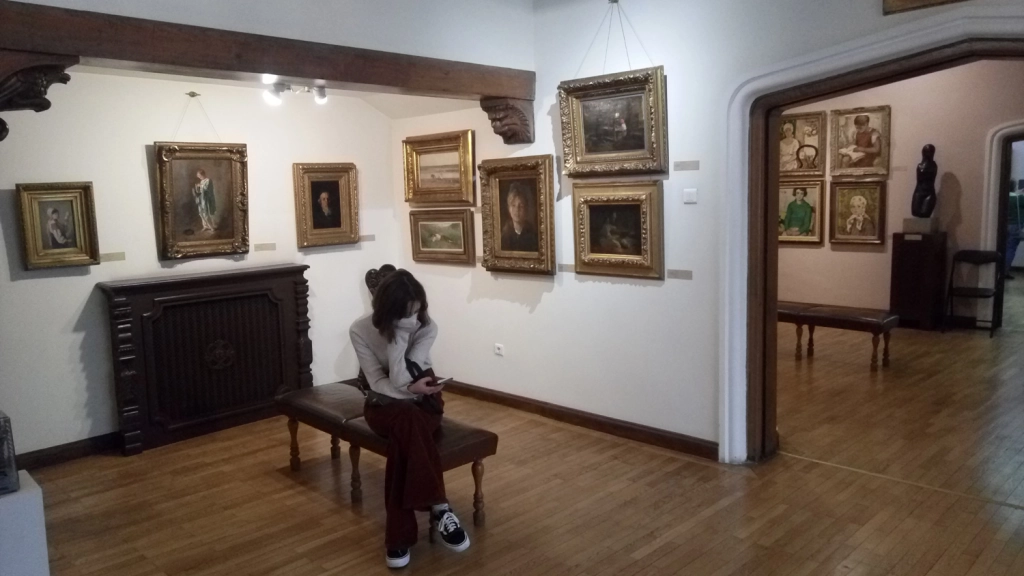
Zambaccian Museum in Bucharest, February 2022

Oscar Han, Elegie (Elegy), in the courtyard of the museum
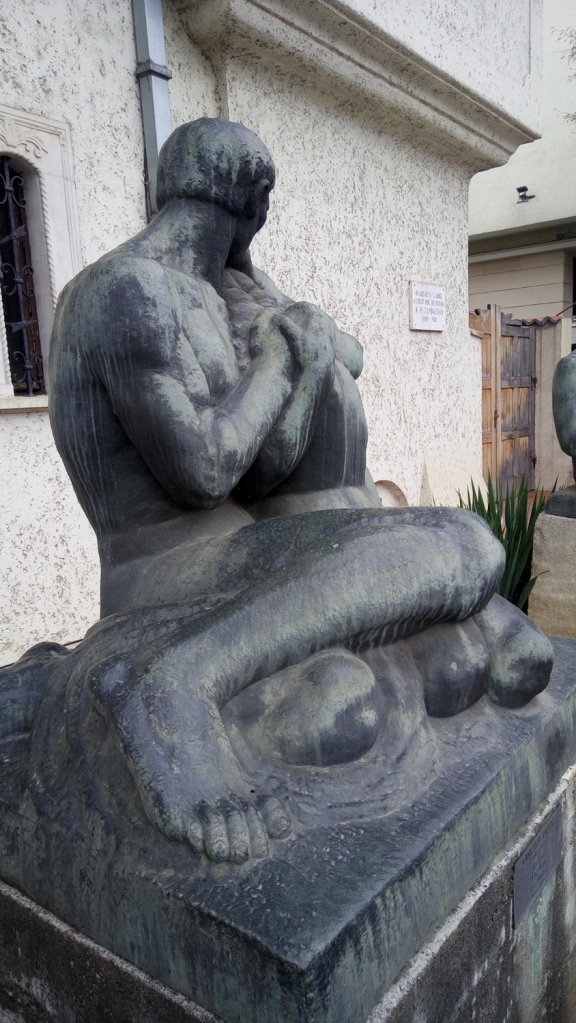
Oscar Han, Sărutul (The Kiss), also in the courtyard
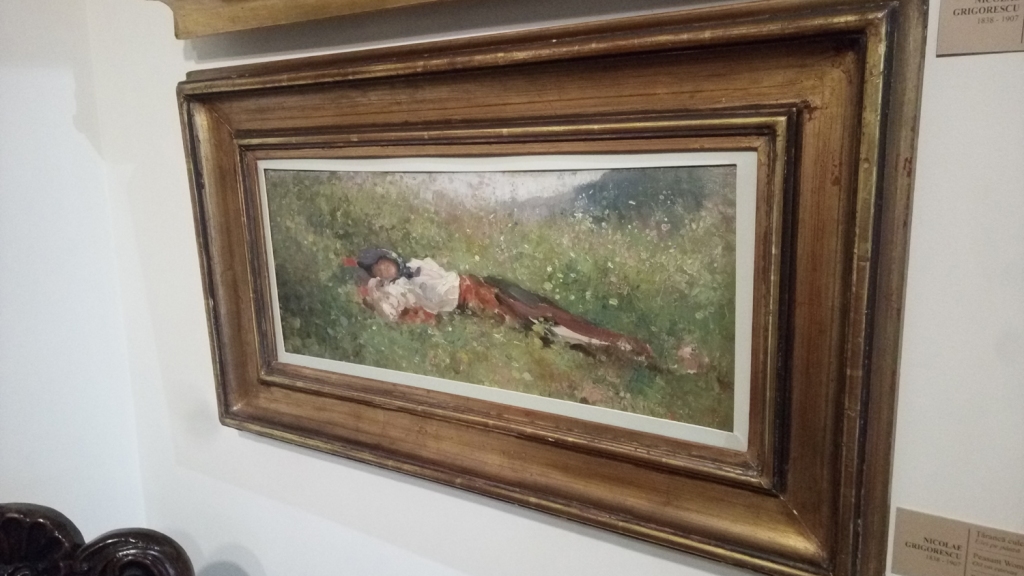
Nicolae Grigorescu (1838–1907), Țărancă culcată pe iarbă
(Peasant Woman Lying on the Grass), oil on canvas

Nicolae Grigorescu (1838–1907), Țărancă culcată pe iarbă
(Peasant Woman Lying on the Grass) (detail)

Ștefan Luchian (1868–1916), Lorica, oil on cardboard
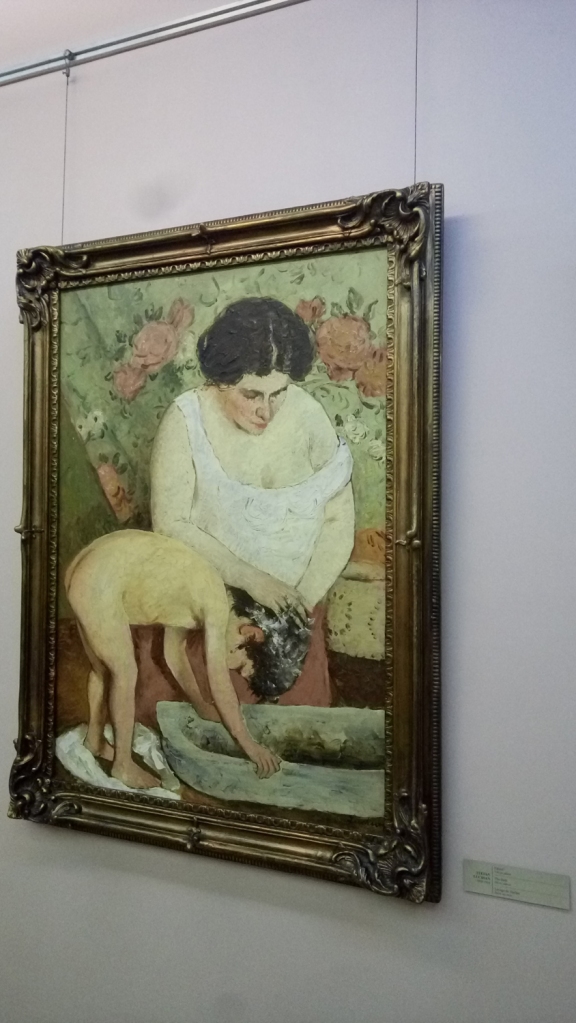
Ștefan Luchian (1868–1916), Lăutul (The Bath), oil on canvas

Ștefan Luchian (1868–1916), Lăutul (The Bath) (detail)

Camil Ressu (1880–1962), Portret de fetiță
(Portret of a Little Girl), oil on cardboard

Camil Ressu (1880–1962), Portret de fetiță
(Portret of a Little Girl) (detail)
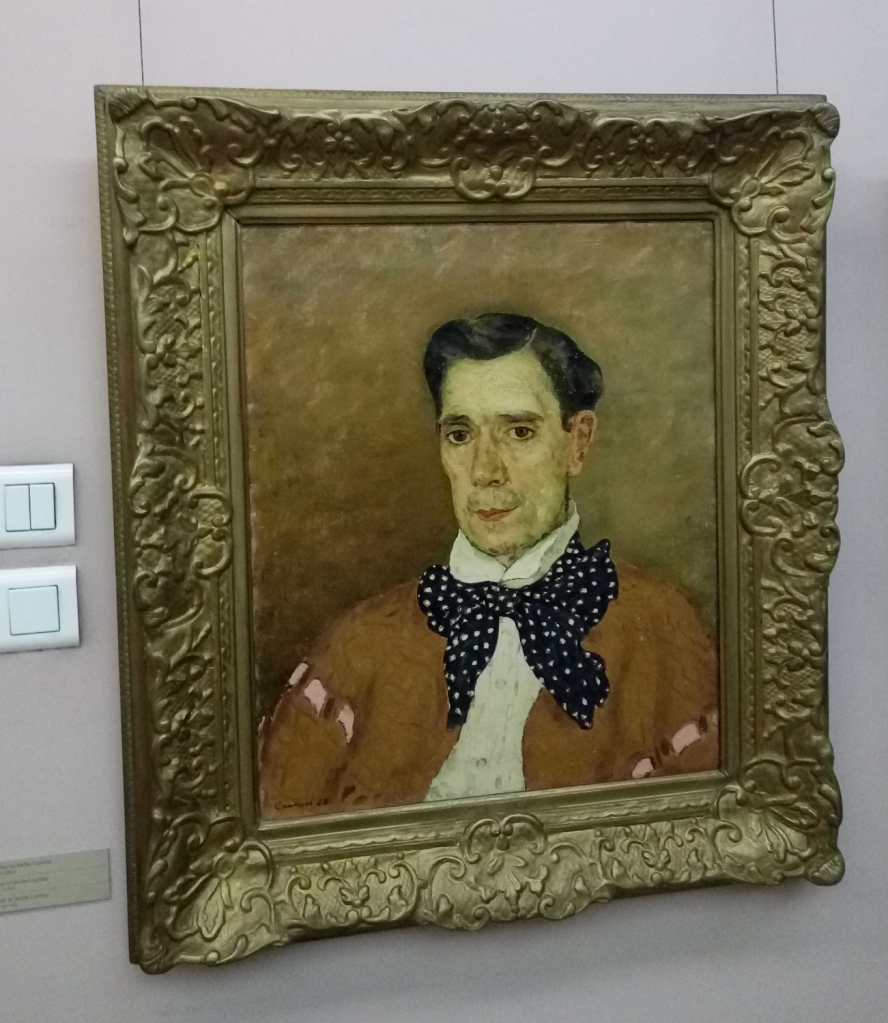
Traian Cornescu (1885–1965), Portretul lui Ștefan Luchian
(Portrait of Ștefan Luchian), oil on canvas
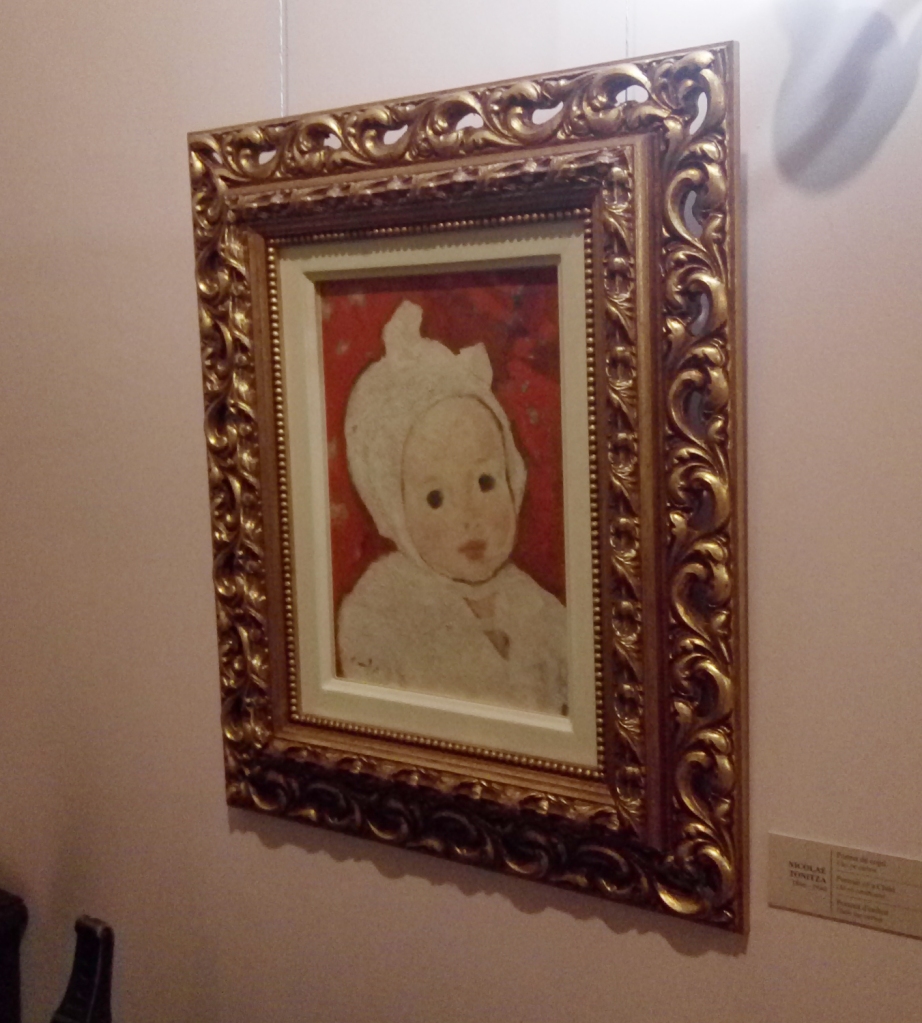
Nicolae Tonitza (1886–1940), Portret de copil (Portrait of a Child),
oil on cardboard
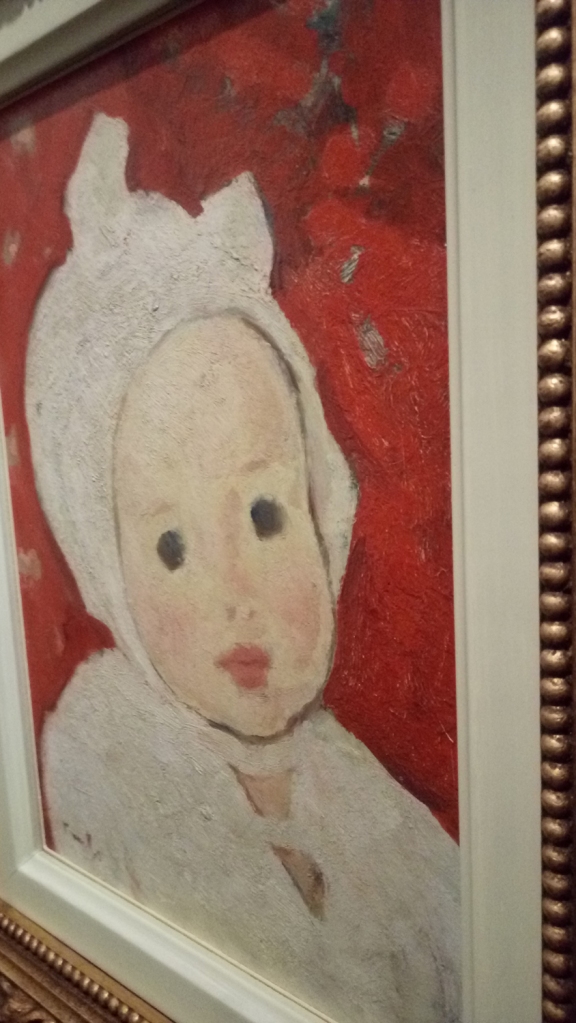
Nicolae Tonitza (1886–1940), Portret de copil (Portrait of a Child)
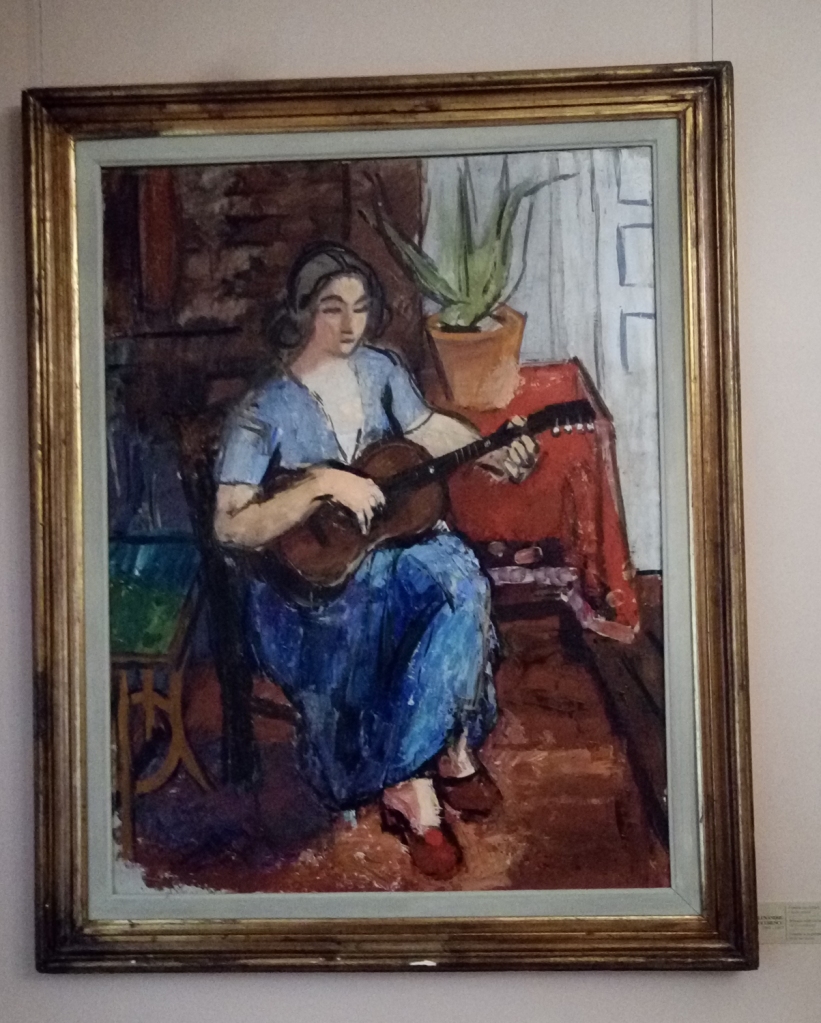
Alexandru Ciucurencu (1903–1977), Femeie cu chitară (Woman with Guitar),
oil on cardboard

Alexandru Ciucurencu (1903–1977), Femeie cu chitară (Woman with Guitar)
(detail)
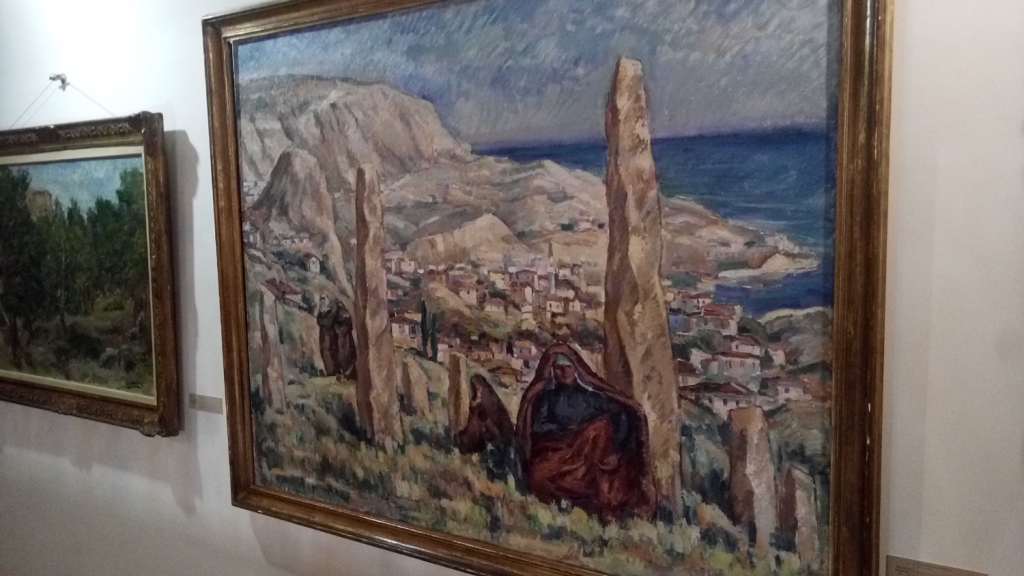
Nicolae Dărăscu (1883–1959), Cimitir tătărăsc din Balcic
(Tartar Graveyard in Balcic), oil on canvas
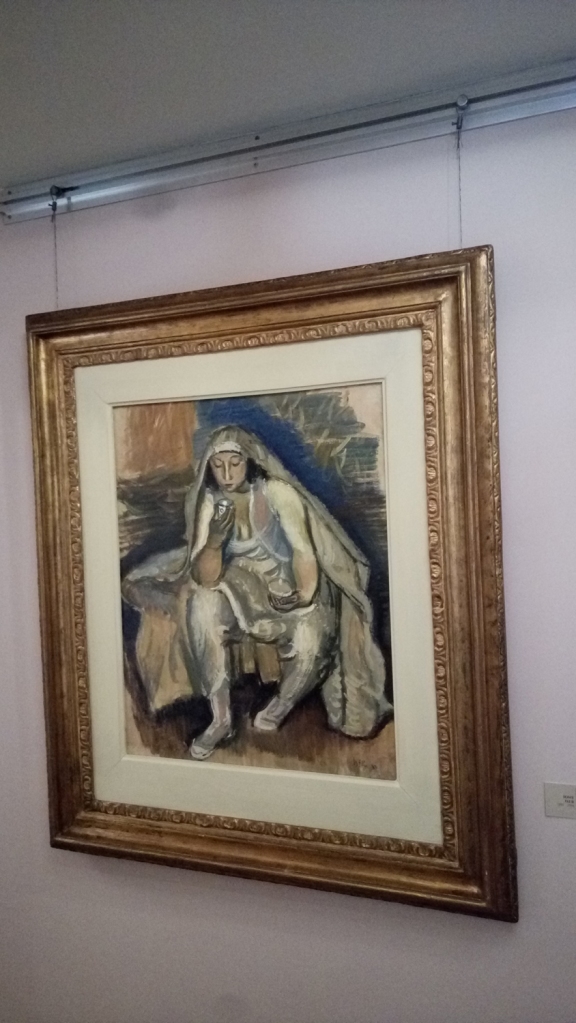
Iosif Iser (1881–1958), Tătăroaică (Tartar Woman), gouache on paper

Iosif Iser (1881–1958), Tătăroaică (Tartar Woman) (detail)
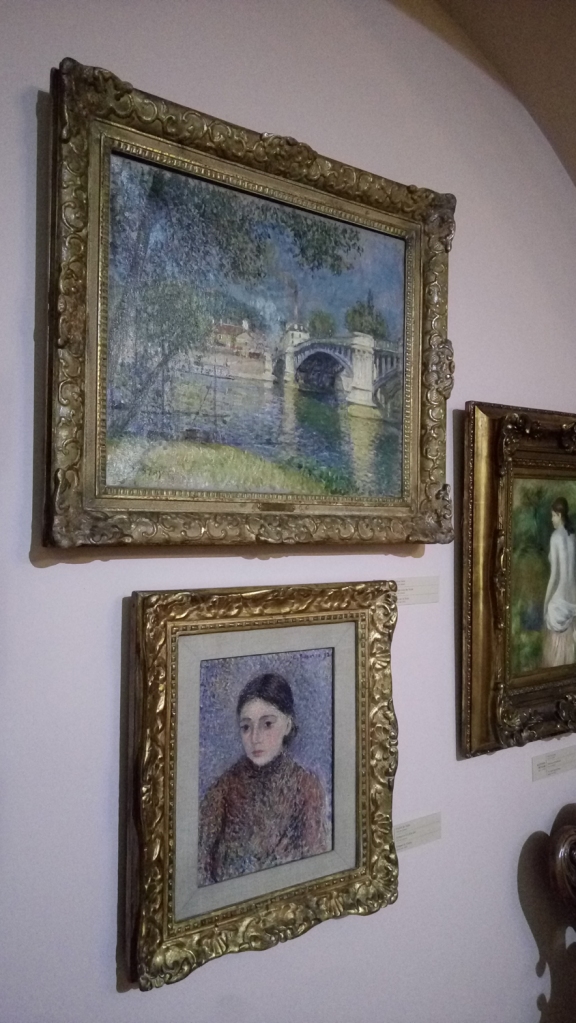
Alfred Sisley (1839–1899), Bridge over the Seine, oil on canvas
Camille Pissaro (1830–1903), Portrait of a Little Girl, oil on canvas

Zambaccian Museum in Bucharest, side door





